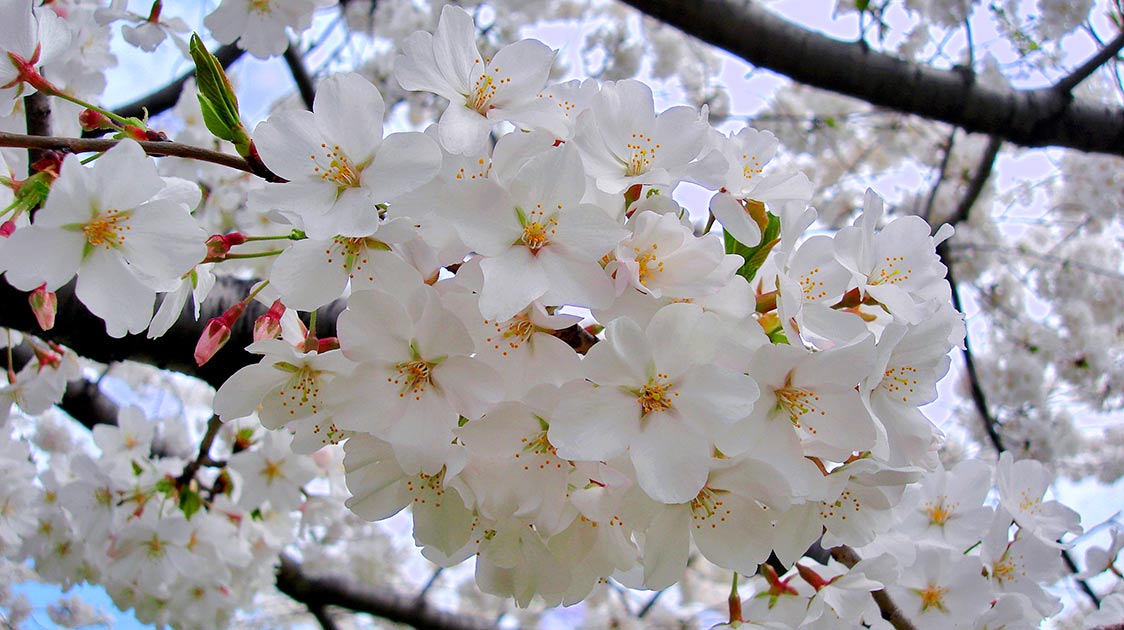
Looking to plant a Bios Urn® in Asia, but you are unsure about which tree to use? We have got you covered. We will be posting a few posts about tree species compatible in different zones and throughout different parts of the world.
In this post, we will be focusing on popular trees in Asia, specifically in Southeast Asia and East Asia and the best native or common tree species we recommend. With such a rich diversity of climates and plants, we will only be covering just some types of trees in Asia. If the country where you live is missing from this list, please get in touch with us at [email protected]!
Take your time to research all of these popular trees in Asia and choose the one that is right for you and your family.
Before choosing your tree type
The Bios Urn® works with any kind of seed or seedling! There are literally no exceptions. You can elect to use your own by sourcing it directly yourself, and therefore choose a tree which is sentimental and meaningful to you. Fruit trees, flowering trees, evergreens or conifers are all completely compatible.
That said, we always recommend choosing a native tree species or one which is common to your location, to respect the ecological balance and ensure better growth. So be sure to check with a local gardening supplier or horticulturist for information on native tree species in your area.
Remember you can also elect to use a seedling, or sprout instead of a seed. Or some people also chose to plant a flower, a plant, or a bush instead of a tree. Discover below the most popular trees in Asia per country!
Popular trees in Asia: What to plant in Southeast Asia
Indonesia
Being composed of 17.000 islands, Indonesia has a wide variety of native tree species which greatly outnumbers the number of islands,, many of which are threatened. Below are some of the native trees species in Indonesia:
- Titan arum (Amorphophallus titanium)
- Rainbow Gum Eucalyptus Tree (Eucalyptus deglupta)
- Melati (Jasminum sambac)
- Anggrek Bulan (Phalaenopsis amabilis)
- Padma Raksasa Rafflesia (Rafflesia arnoldii)
- Malay Paduak (Pterocarpus indicus)
- Javanese Edelweiss (Anaphalis javanica)
- Nipa Palm (Nypa fruticans)
- Common Swamp Pitcher Plant (Nepenthes mirabilis)
- Teak Tree (Tectona grandis)
Malaysia
Malaysia ranks among the world’s most biodiverse countries, housing more than 15,000 species of flowers, plants and trees. Some fill decorative gardens while others remain undiscovered in the 130 million-year-old rainforests covering vast areas of Malaysian Borneo. Below are some of the native trees species in Malaysia:
- Mount Kinabalu Yellowwood Pine (Podocarpus brevifolius)
- Sabah Highlands Pitcher Plant (Nepenthes rajah)
- Southwest Sulawesi Tree Fern (Cyathea inquinans)
- Dark Red Meranti (Shorea acuminata)
- Black Rabbit Foot’s Fern (Davallia trichomanoides)
- Malaysian Blackwood (Diospyros ebonasea)
- Malaysian Mangosteen (Garcinia eugeniaefolia)
- Wild Areca Palm (Areca triandra)
- Durian (Durio zibethinus)
- Sealing Wax Palm
- Fishtail Palm (Caryota)
Philippines
Philippine islands provide habitats for all manner of flowers, herbs, bushes, and trees, including many endangered flora species. The country’s archipelago offers the best habitats for the growth of some of the unique flora on the planet. Below are some of the native trees species in Philippines:
- Copeland’s Pitcher Plant (Nepenthes copelandii)
- Kalingag (Cinnamomum mercadoi)
- Ipot Palm (Areca ipot)
- Attenborough’s Pitcher Plant (Nepenthes attenboroughii)
- Philippine teak (Tectona philippinensis)
- Cebu Cinnamon Tree (Cinnamomum cebuense)
- Balakat (Ziziphus talanai)
- Kris Plant (Alocasia sanderiana)
Singapore
Singapore has over 2 million trees that are planted in parks, protected natural areas, and along roadsides. And on 17 August 2001, the Heritage Tree Scheme was created to advocate the conservation of Singapore’s mature trees. Below are some of the native trees species in Singapore:
- Rain Tree (Samanea Saman)
- Angsana (Pterocarpus Indicus)
- Yellow Flame (Peltophorum pterocarpum)
- Senegal Mahogany (Khaya senegalensis)
- Broad-leafed Mahogany (Swietenia macrophylla)
- Tembusu (Fagraea fragrans)
- Sea Apple (Syzygium grande)
- Saga (Adenanthera pavonina)
- Trumpet Tree (Tabebuia rosea)
- Sea Almond (Terminalia catappa)
Thailand
Thailand is a country of forests, shrub-studded grasslands, and swampy wetlands dotted with beautiful lotuses and water lilies. As elsewhere in Southeast Asia, bamboo, palms, rattan, and many kinds of ferns are common. Below are some of the native trees in Thailand:
- The Sacred Fig Tree (Ficus Religiosa)
- Royal tree (Ratchaphruek) also known as the chaiyaphruek, golden shower, and golden rain
- Eagle Wood
- Yang Na medicinal tree
- Teak tree
- Tong Teung
- Jasmine
- Mangrove trumpet tree (Dolichandrone spathacea)
- The giant Rafflesia (Rafflesiaceae)
Fruit trees such as mango trees, longan trees, papaya trees, litchi trees and rambutan trees are also commonly found in Thailand.
Popular trees in Asia. What to plant in East Asia
China
China has many endemic plants, used in medicine, landscaping, decoration, cooking, and as homes for wildlife. Below are some of the native trees species in China:
- Gutt-percha (Eucommia ulmoides)
- The Happy tree (Camptotheca acuminate)
- The dove tree (Davidia involucrate)
- The dawn redwood (Metasequoia glyptostroboides)
- Yunnan cypress (Cupressus duclouxiana)
- China fir (Cunninghamia lanceolata)
- Golden (LarchPseudolarix amabilis)
- Fujian (CypressFokienia hodginsii)
- Tienchi (GinsengPanax notoginseng)
- Chinese (WolfberryLycium chinense)
South Korea
The long, hot, humid summers in South Korea is favourable for the development of extensive and varied vegetation. Some 4,500 plant species are known.
Except for evergreen broad-leaved forests in the narrow subtropical belt along the southern coast and on Cheju Island, most areas contain deciduous broad-leaved and coniferous trees. Typical evergreen broad-leaved species include camellias and camphor trees, while deciduous forests include oaks, maples, alders, zelkovas, and birches. Species of pine are the most representative in the country; other conifers include spruces, larches, and yews. Below are some of the native trees species in South Korea:
- The white forsythia or Korean abelia (Abeliophyllum distichum)
- The Cherry tree (one of the most popular events in South Korea is the magnificent cherry blossom festival)
- The Korean fir (Abies koreana)
Japan
The Japanese Maple Tree is one of the most popular trees found in Japanese ornamental gardens, and in the rest of the world as well. Many of the plants mentioned are also used most commonly in Japanese gardens which are called “Niwaki”. Below are some of the native trees species in Japan:
- Japanese black pine (Pinus thunbergii)
- Japanese cedar (Cryptomeria japonica)
- Camellias including sasanqua (Camellia sasanqua)
- Many other flowering varieties (Camellia japonica cvs)
- Japanese evergreen oaks (Quercus glauca, Quercus myrsinifolia)
- Gardenia (Gardenia jasminoides)
- Sweet osmanthus (Osmanthus fragrans)
- Japanese maple (Acer palmatum)
- Plum (Prunus mume and others)
- Yoshino flowering cherry (Prunus × yedoensis‘Yedoensis’)
- Japanese aucuba (Aucuba japonica)
- Japanese andromeda (Pieris japonica)
- Winter daphne (Daphne odora)
- Japanese enkianthus (Enkianthus perulatus)
- Satsuki azalea (Rhododendron indicum)
Hong Kong
From cotton trees and bauhinias, to golden trumpets and bottlebrush trees, springtime in Hong Kong blooms into a riot of colour. Below are some of the native trees species in Hong Kong:
- Cotton trees (Bombex ceiba)
- Golden trumpet tree (Tabebuia chrysantha)
- Orchid tree (abundant bauhinia)
- Bauhinia tree (Bauhinia × blakeana)
- Camel’s foot tree (Bauhinia variegata)
- White bauhinia (Bauhinia alba)
- Rosy trumpet tree (Tabebuia rosea)
- Mango tree (Mangifera indica)
- Candlenut tree (Aleurites moluccanus)
- White jade orchid tree (Michelia x alba)
- bottlebrush tree (Callistemon viminalis)
Before planting your Bios Urn® tree
Regardless of your chosen tree species, all seeds and seedlings should be planted during their correct planting season. Please read our planting guide here to get more information about this, this is applicable to all trees in Asia you plant with your urn.
Basic care is required for the seeds or seedling – the same with the plants in your home, watering and sun is needed, but levels vary. You can check out our Planting Tips page and our FAQ page, which feature additional information about the Bios Urn® and how to use it.
Sources: wikipedia.org, worldatlas.com, runsociety.com, britannica.com, scmp.com
After reading about the most popular trees in Asia, you may also be interested in reading the following articles:
How to use the Bios Urn® with your own tree of choice
How Can I Make Sure My Bios Urn® Tree Grows?
Other areas of the world:
Australia & New Zealand
Europe
South America
The U.S.
Canada
South Africa
Join our mailing list to keep you updated of all Bios® news and get a 10% Discount!
Comments
Trackbacks
-
[…] trees are a staple in South and South-East Asia and are regularly kept […]
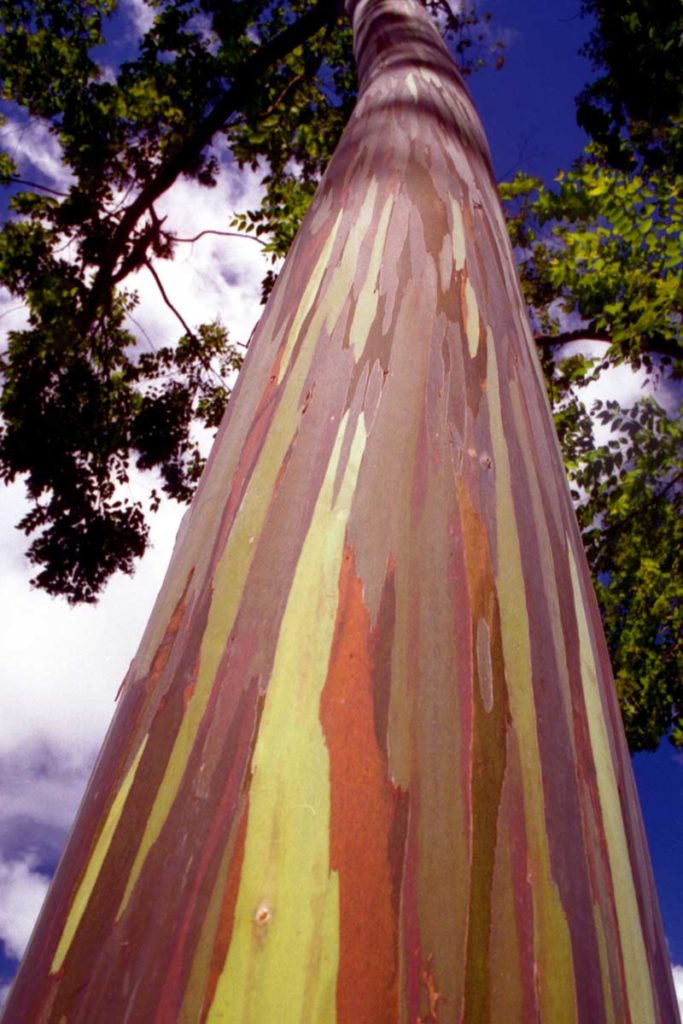
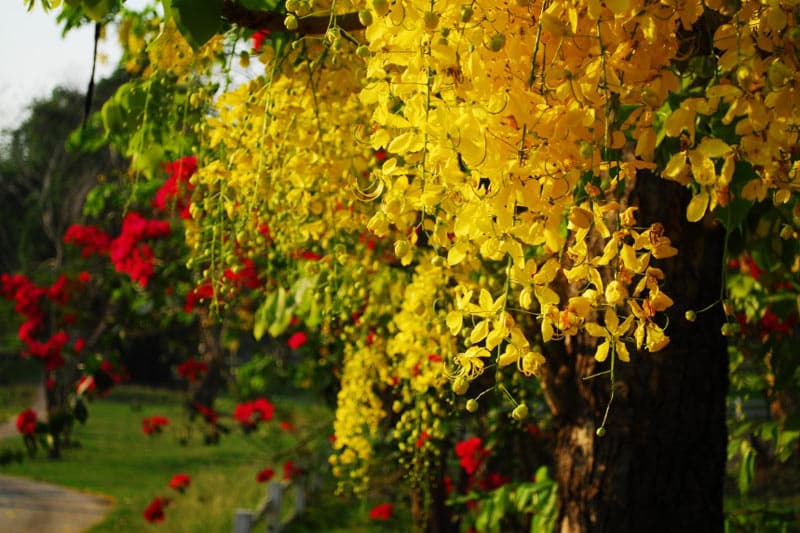
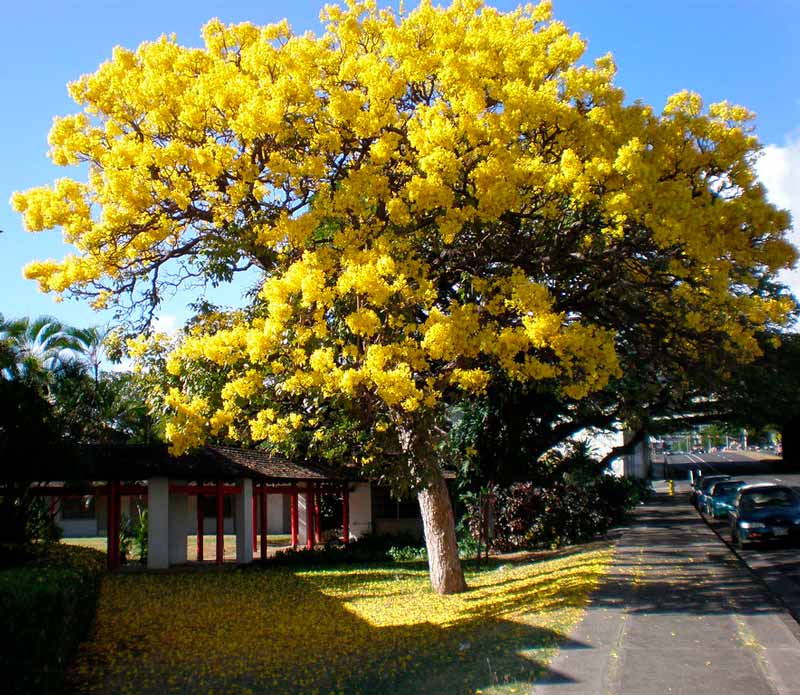


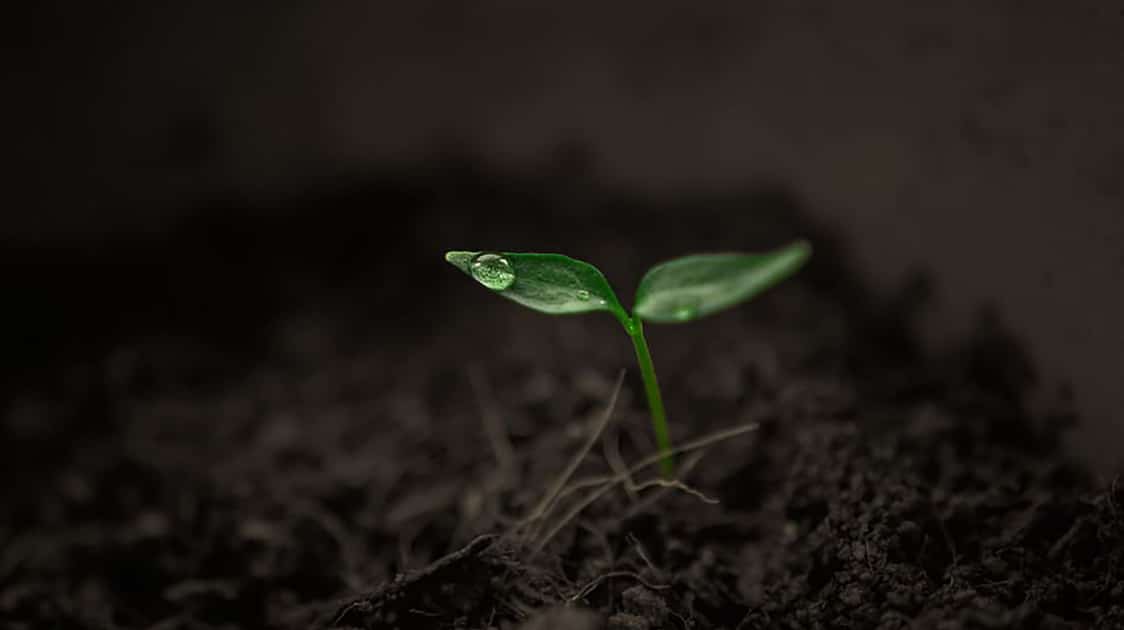




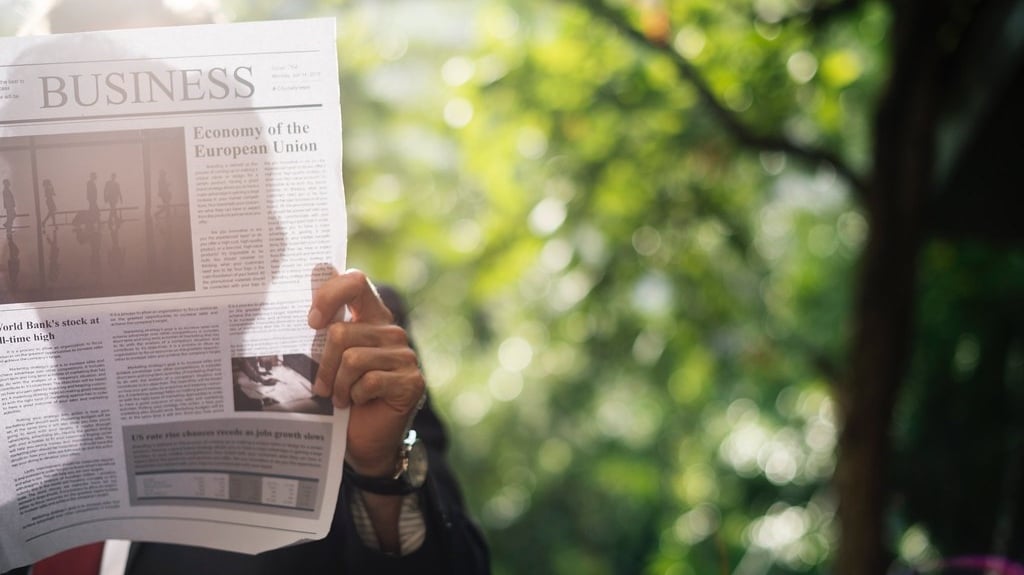
I live in Qld, Australia but trees for this area are not listed???
Thank you for reaching out to us and for your interest in the Bios Urn® Maureen, we are very grateful! We have planned to publish an article with tree recommendations for Oceania at the end of April/first half of May so keep an eye out for it! If you join our mailing list in the following link to find out when it has been published (and also receive a 10% discount)! https://urnabios.us6.list-manage.com/subscribe?u=fc31541c30&id=e5a1a4df2a
Hello,
I have decided to donate my whole body to the university medical school of scientific research but I still want to have a BioUrn planted in our backyard. They will not be able to provide any cremation remains.
Can I still plant the urn without the ashes?
Please let me know.
Best Regards.
Dear Soni,
Thank you so much for reaching out and your interest in Bios Urn. You raise a really good point and this will be a question that many others around the world probably ask themselves. And the answer is YES there is a way you can use our urns without using ashes! You can add in the lower capsule of the urn anything biodegradable such as photos, drawings, letters and objects that degrade over time and allow you to remember that person. Like a time capsule which is where newspapers and objects that have a meaning to someone are put in a box and buried as a way to keep those memories alive. But like I said, it´s important that every single item included in the urn be 100% biodegradable so nothing other that paper, cardboard or maybe edible.
Let us know if we can help with anything else!